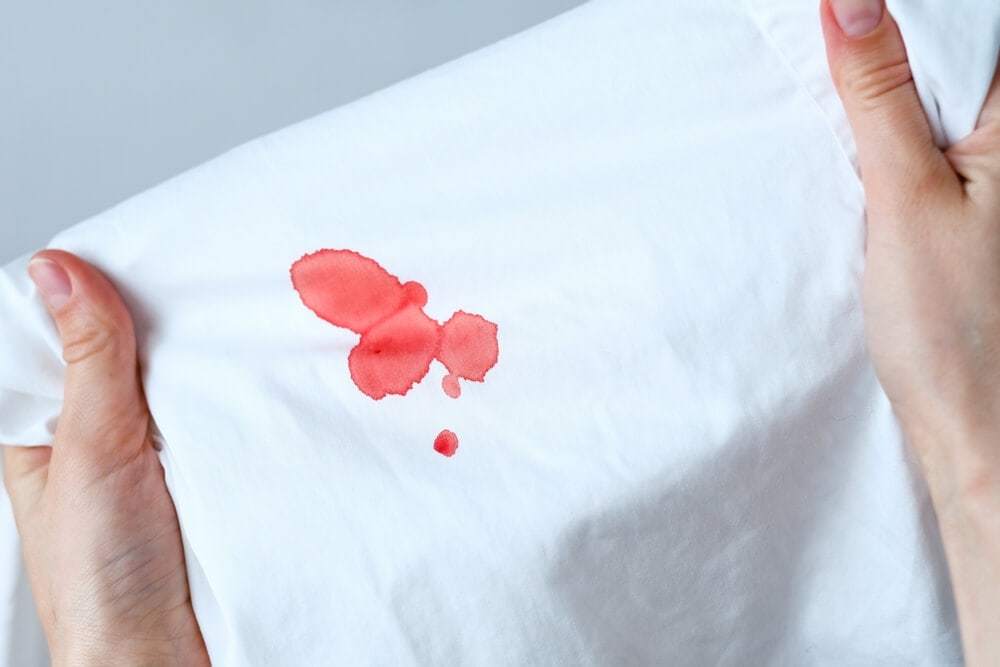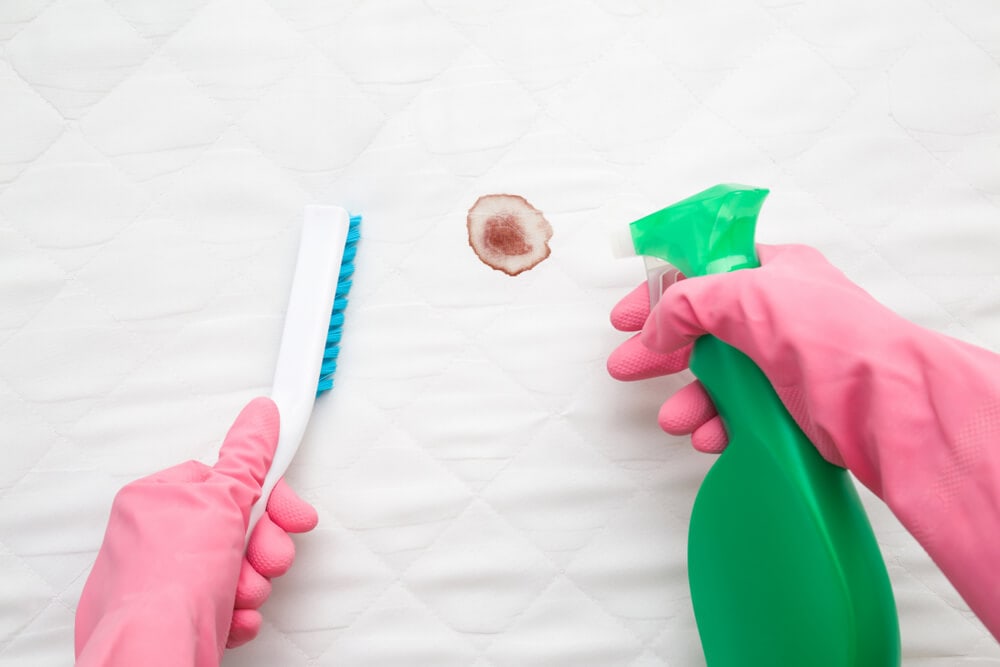Blood spills are inevitable, whether they occur in a household accident, during a medical emergency, or in a workplace mishap. Properly cleaning up blood is crucial not only for aesthetic reasons but also for health and safety. In this guide, we’ll walk you through the essential steps to effectively clean up blood, ensuring a sanitary environment and minimizing the risk of contamination.
Understanding the Importance of Proper Blood Cleanup
Before we delve into the specifics of cleaning up blood, it’s essential to grasp why it’s crucial to do so promptly and thoroughly. Blood, when left untreated, can harbor harmful pathogens and bacteria, posing health risks to anyone in contact with it. Therefore, swift and efficient cleanup is imperative to maintain a safe and hygienic environment.
Recognizing the Need for Immediate Action

Upon encountering a blood spill, whether minor or major, the first instinct should be to address it promptly. Delaying cleanup can exacerbate the situation, allowing blood to seep into surfaces and making removal more challenging.
Steps to Clean Up Blood
When it comes to cleaning up blood, following a systematic approach is key to ensuring thorough sanitation. Remember the golden rule: clean first, then disinfect.
Removing Blood and Dirt
To clean up blood, the first step is to eliminate visible blood and dirt from surfaces. Use absorbent materials such as paper towels or cloths to blot the area gently. Avoid rubbing, as this can spread the blood further and embed it into porous materials.
Ensuring Effective Disinfection
After successfully removing the blood and dirt from the affected area, the crucial next step is disinfection to ensure a thorough cleanup process. It is essential to select an appropriate disinfectant, such as bleach or a commercial disinfectant spray, and apply it generously to the surfaces. Allow the disinfectant to sit undisturbed for the recommended duration to ensure thorough sterilization and the eradication of any remaining pathogens, ensuring a safe and hygienic environment after the blood cleanup process.
Combining Cleaning and Disinfection
Remember, cleaning and disinfection go hand in hand when dealing with blood spills. Cleaning removes visible contaminants, while disinfection kills any remaining pathogens, ensuring a thorough cleanup process.
Safety Precautions
Handling blood poses inherent risks, so it’s essential to take appropriate safety precautions to protect yourself and others from potential harm.
Wearing Personal Protective Equipment (PPE)
Before commencing cleanup, don appropriate PPE, including gloves, goggles, and a face mask, to prevent direct contact with blood and airborne contaminants.
Proper Disposal of Waste
After cleanup is complete, ensure that all contaminated materials, including gloves and cleaning supplies, are disposed of properly. Use leak-proof bags and seal them securely before discarding them in designated biomedical waste containers.
In Summary

Cleaning up blood may seem daunting, but by following the right procedures and taking necessary precautions, it can be done safely and effectively. Remember to prioritize cleanliness and disinfection, and always err on the side of caution when dealing with potentially hazardous substances. By adhering to these guidelines, you can ensure a thorough clean up blood process and a healthy environment for yourself and those around you.
In summary, proper blood cleanup involves removing visible blood and dirt before disinfecting the affected area. Remember to prioritize safety and thoroughness throughout the process to minimize health risks and ensure effective sanitation. If you require professional assistance, don’t hesitate to contact Scene Clean today.






